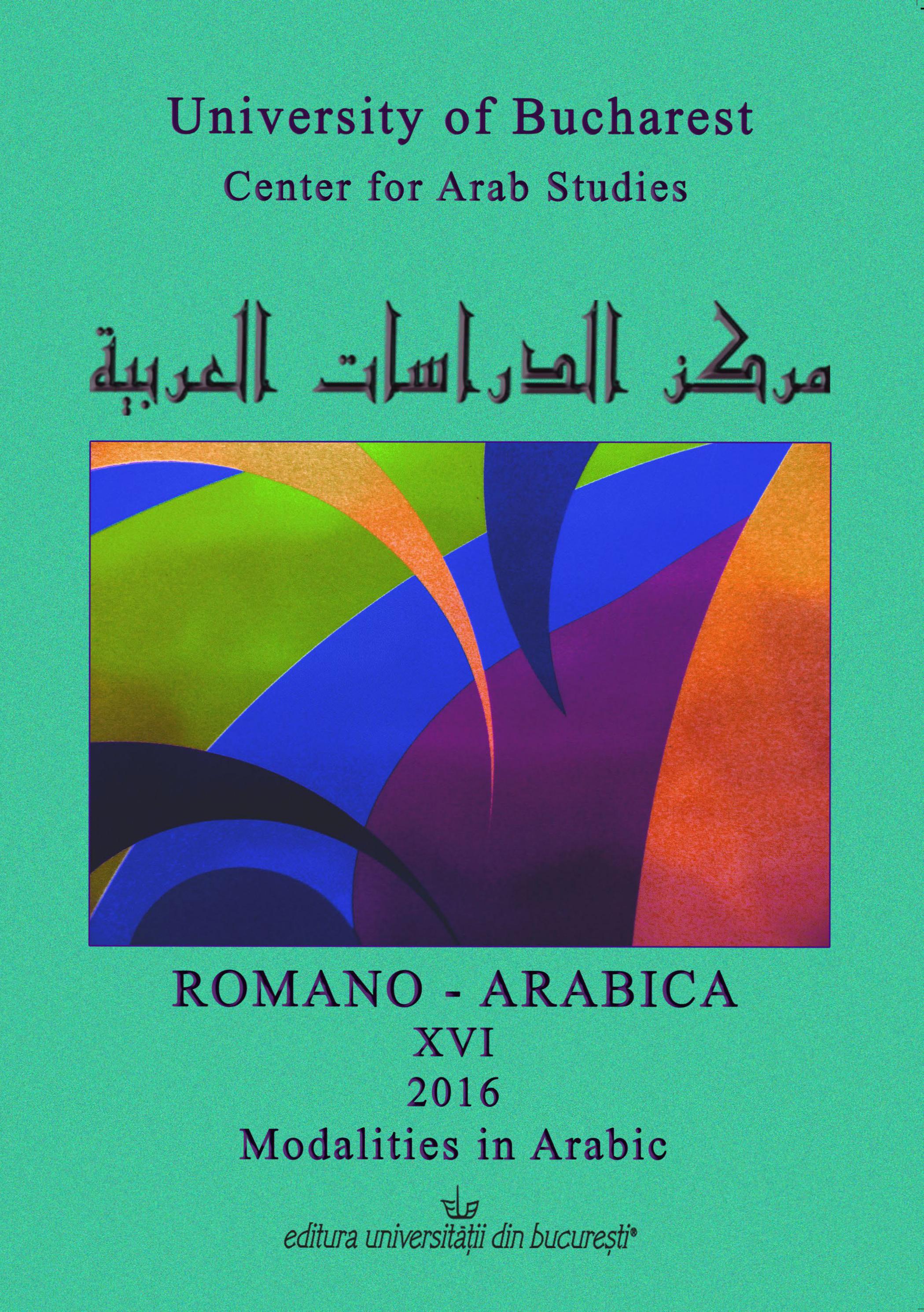THE SOGDIAN HORSEMAN: VISUAL REPRESENTATION OF A HUNTING SCENE IN PRE-MODERN CENTRAL ASIA AND IRAN
THE SOGDIAN HORSEMAN: VISUAL REPRESENTATION OF A HUNTING SCENE IN PRE-MODERN CENTRAL ASIA AND IRAN
Author(s): Marina ApaydinSubject(s): Archaeology, Museology & Heritage Studies, Semiotics / Semiology, Applied Linguistics, Middle Ages, Modern Age
Published by: Editura Universităţii din Bucureşti
Keywords: Near East; iconology; image interpretation; Central Asia; Iran;
Summary/Abstract: Silver dishes from pre-modern Near East are not unique. Yet, their iconography is sometimes puzzling and may be easily misinterpreted. In this paper, I analyze the reasons for such misinterpretation drawing upon western art historian methodologies and Russian theories of iconology and suggest a probabilistic approach to deconstruction, interpretation and attribution of the elements of the image to a particular style, period, and place. The silver dish to which this analysis is applied came from the crossroads of Near Eastern cultures and represents a hunting scene. I suggest that unlike in mathematics, the simplest explanation is not always the best. The analysis of an art object should take into consideration the long and arduous road leading to its inception: the multitude of the external influences exerted on the creator, and the observer, of the art piece and their corresponding context.
Journal: Romano-Arabica
- Issue Year: XVI/2016
- Issue No: 16
- Page Range: 179-191
- Page Count: 13
- Language: English

